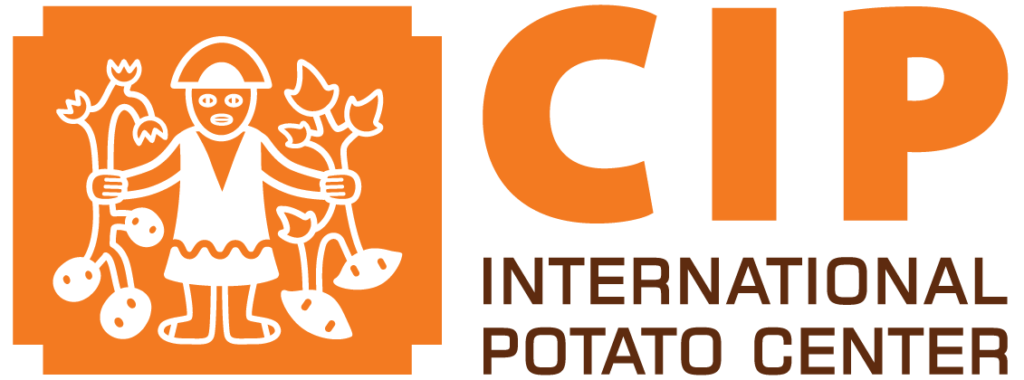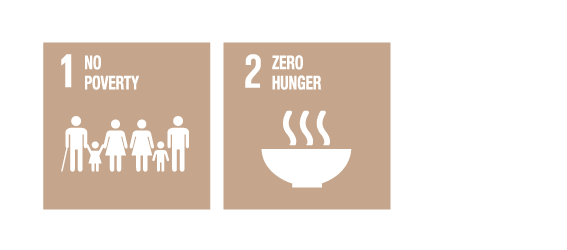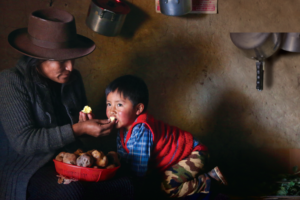Marketable tubers for the tropics
Public-private partnership accelerates development of new varieties for Asia
Potatoes are increasingly popular in Asia, where population growth and urbanization are creating opportunities for smallholders to improve their incomes and diversify rice-based farming systems. The Asia Pacific frozen potato market alone was worth more than USD 19 billion in 2018 and is projected to reach more than USD 23 billion by 2030. While the continent’s tropical and sub-tropical regions have potential to benefit from rising demand, yields have been constrained by a lack of commercially viable, disease-resistant varieties suitable for local climates.
Farmers need potato varieties which help them adapt to climate change, produce more food on less land, and thrive in competitive markets. So five years ago, scientists at the International Potato Center (CIP) teamed up with the Dutch company HZPC – a global leader in potato breeding and seed sales – in a groundbreaking public-private partnership to develop high-yielding and tropically-adapted varieties with characteristics that consumers and food processors demand.
Breeding for the tropics
They tapped the genetic assets of two very different breeding gene pools: HZPC’s commercially successful potatoes, grown primarily on large farms in temperate climates, with excellent processing quality, and CIP’s tropical lowland population, which has produced varieties grown by millions of small farming families in Africa and Asia. By crossing elite parents from both populations, using genetic markers, and running an accelerated evaluation process in Vietnam, the initiative halved the time normally required for the selection of ready-to-release varieties to five years.
“HZPC and CIP have accomplished something they couldn’t have done independently,” observes Michael Robinson, Chief Science Advisor at the Syngenta Foundation for Sustainable Agriculture, which funded and has played an active role in the initiative.

Robinson notes that the resulting potatoes combine market-demanded characteristics with traits such as disease resistance, short dormancy, and harvestable tubers within 80-90 days of planting, which enables farmers to grow potato between two rice crops, producing three crops per year on the same land. Together, those attributes can increase yields, incomes and climate resilience, reduce agrochemical use, and decrease pressure to convert natural areas to farmland.
According to Robert Graveland, HZPC’s Research and Development Director, the company plans to register four short-listed potatoes as varieties in Vietnam, Indonesia, India and Kenya for dissemination to farmers in the coming years.
“The main goal is to reach out to smallholder farmers, to secure greater food production,” Graveland explains.
Boosting smallholder yields
HZPC primarily sells seed potatoes to medium- or large-scale farms. But there are over 500 million small farms in the world, and they produce most of the food consumed in Africa and Asia. Recognizing the business opportunities, the company is developing new strategies to reach this growing market. CIP, on the other hand, has traditionally worked with national breeding programs to develop smallholder-appropriate potatoes, but farmer adoption of these varieties can be hindered by insufficient promotion and dissemination.
“This is a win-win partnership. HZPC gains the benefit of our experience working with and developing varieties for small-scale farmers. And we can rely on HZPC’s capacities in to rapidly develop and sell highly marketable seed potatoes,” says Ian Barker, Director of CIP’s Global Potato Agri-food Systems Program.
Cultivating a new variety carries risks, which is why most Asian and African farmers plant potatoes of established varieties that they obtain locally. Though free or inexpensive, those seed potatoes are often infected with pathogens or pests that greatly reduce yields.
Graveland stresses the importance of helping farmers reduce their risk and understand that investing in quality seed pays a substantial dividend. “The world needs to double food production by 2050, and that is quite doable with potato if farmers use quality seed of robust, locally-adapted varieties,” he affirms.
For Barker, this initiative not only has potential to benefit farmers and boost food production across tropical Asia and Africa, but could also serve as a model for public-private partnerships for other crops and regions.
“This partnership points the way to innovative approaches to breeding and delivering varieties that could enhance the effectiveness of crop improvement across the CGIAR and beyond,” Barker explains. “Through collaborations such as this, CIP is building forward-looking relationships that will benefit generations of small-scale farmers.

Funders: CGIAR Trust Fund donors; Syngenta Foundation for Sustainable Agriculture.
Partners: Field Crops Research Institute, Vietnam; HZPC; Potato, Vegetable and Flower Research Center, Vietnam.
Associated CGIAR Research Programs or Platforms: Roots, Tubers and Bananas.




